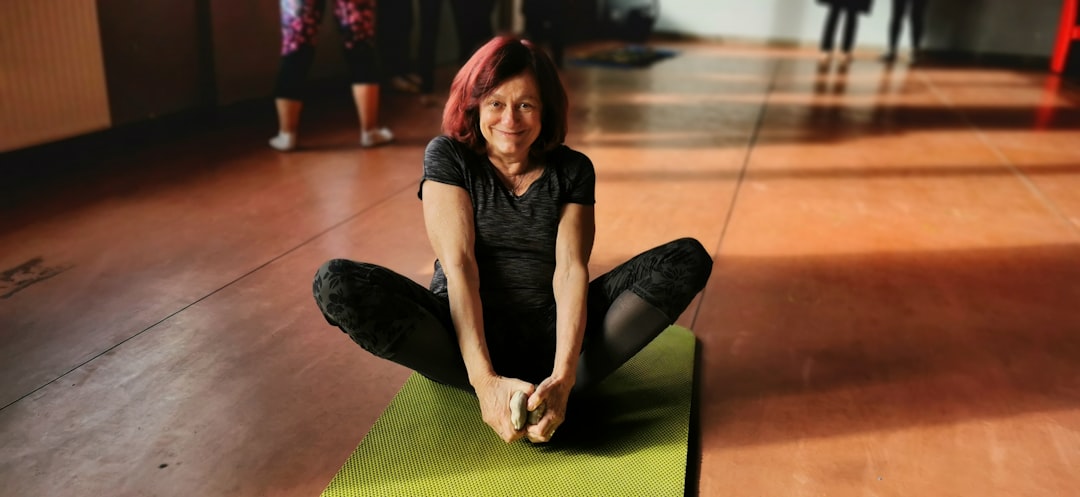
Unlocking Holistic Wellbeing Through Slow and Mindful Yoga Practice Methods
In an increasingly fast-paced world, the practice of slow and mindful yoga has emerged as a beacon for those seeking holistic wellbeing. This approach not only aids physical health but also nurtures mental and emotional balance. In this guide, we’ll explore the benefits of slow and mindful yoga, practical strategies for incorporating it into your life, and address common misconceptions that may hold you back.
What is Slow and Mindful Yoga?
Slow and mindful yoga focuses on gentle movements, deep breathing, and present-moment awareness. Unlike more vigorous styles, such as Vinyasa or Ashtanga, this practice allows practitioners to connect deeply with their bodies, fostering a sense of calm and relaxation. Research indicates that this approach can reduce stress, improve mental clarity, and enhance overall wellbeing.
Benefits of Slow and Mindful Yoga
-
Enhanced Stress Relief: Engaging in slow yoga practices can significantly lower cortisol levels, the stress hormone. A study published in the Journal of Clinical Psychology found that participants practicing mindful yoga reported lower anxiety levels and improved mood.
-
Improved Flexibility and Strength: Slow movements allow for greater focus on alignment and technique, which can lead to increased flexibility and strength over time.
-
Mindfulness and Emotional Regulation: The emphasis on mindfulness fosters an awareness of thoughts and feelings, helping individuals better manage their emotions and responses to stress.
-
Better Sleep Quality: Regular practice of slow yoga can improve sleep patterns, as it promotes relaxation and reduces insomnia symptoms.
Practical Strategies for Incorporating Slow and Mindful Yoga
Create a Dedicated Space
Designate a quiet area in your home for yoga practice. This space should be free of distractions and filled with items that promote a sense of calm, such as candles, plants, or inspirational quotes.
Start with Basic Poses
Begin with gentle poses such as Child’s Pose, Cat-Cow Stretch, and Seated Forward Bend. Focus on your breath as you hold each pose for several breaths, allowing yourself to fully experience the sensations in your body.
Incorporate Breathing Techniques
Breathing is a crucial element of mindful yoga. Techniques like diaphragmatic breathing can enhance relaxation. Try inhaling deeply through your nose for a count of four, holding for a count of four, and exhaling through your mouth for a count of six.
Establish a Routine
Consistency is key for reaping the benefits of yoga. Aim to practice slow and mindful yoga for at least 10-20 minutes a few times a week. As you become more comfortable, gradually increase the duration of your sessions.
Engage in Guided Practices
Consider following guided sessions through platforms like YouTube or yoga apps that offer slow and mindful yoga classes. This can provide structure and help you stay focused.
Common Misconceptions About Slow and Mindful Yoga
It’s Only for Flexible People
Many believe yoga is only for those who are already flexible, but this is a misconception. Slow yoga is about listening to your body and working within your own range of motion, regardless of flexibility.
You Need to Be a Yoga Expert
You don’t have to be an expert to practice slow yoga. Beginners are welcome, and many online resources provide step-by-step guidance suitable for all levels.
It Doesn’t Provide Physical Benefits
While slow yoga may seem less intense, it can offer substantial physical benefits, including improved posture, balance, and muscle strength.
Encouragement for Your Wellness Journey
Embarking on a slow and mindful yoga practice can be transformative. Embrace the process and remind yourself that it’s about progress, not perfection. Celebrate small victories and allow your practice to evolve naturally over time.
For those looking to deepen their understanding, consider exploring resources such as The Heart of Yoga: Developing a Personal Practice by T.K.V. Desikachar or online platforms like Yoga Journal that offer a wealth of information on yoga practices.
Conclusion
Slow and mindful yoga is a powerful tool for unlocking holistic wellbeing. By embracing this practice, you can cultivate a deeper connection to your body and mind, leading to a more balanced and fulfilling life. With consistent practice and an open heart, you can navigate your wellness journey with grace and intention.
For more health tips and resources, consider subscribing to wellness newsletters or sharing this article with friends who may also benefit from the transformative effects of mindful yoga.


